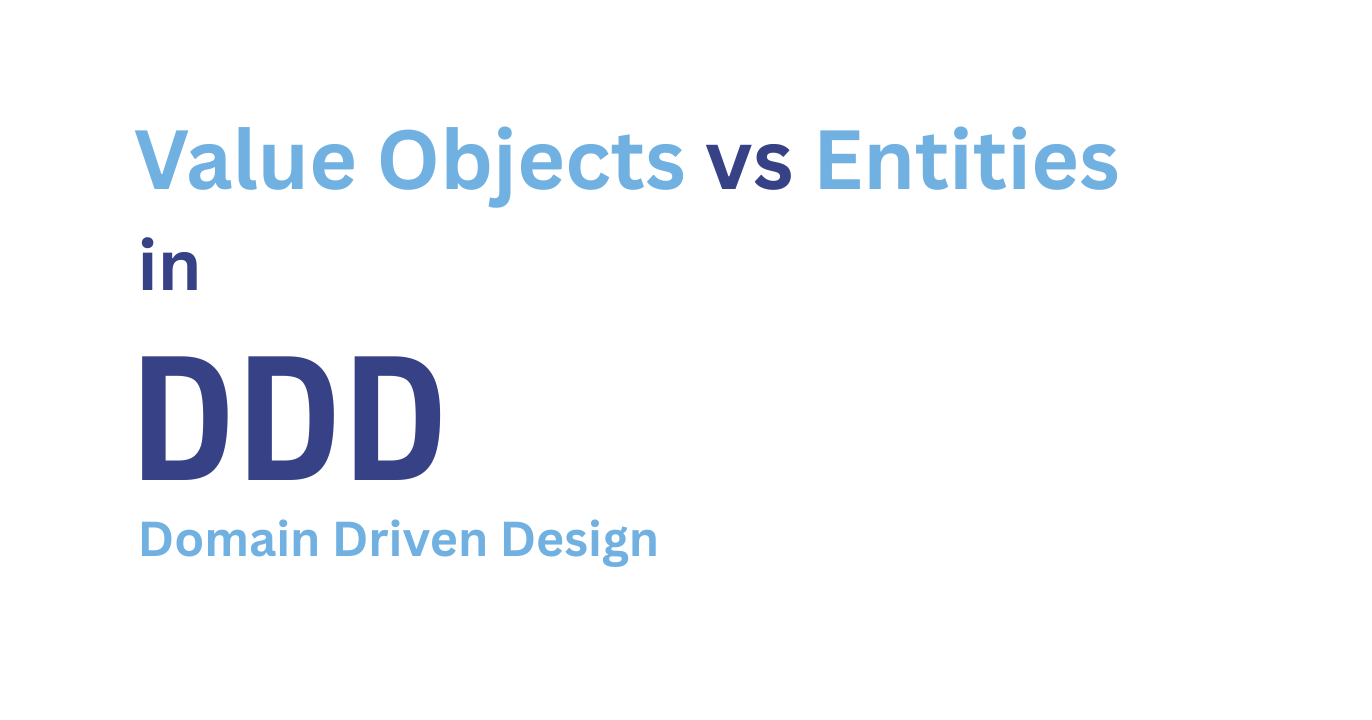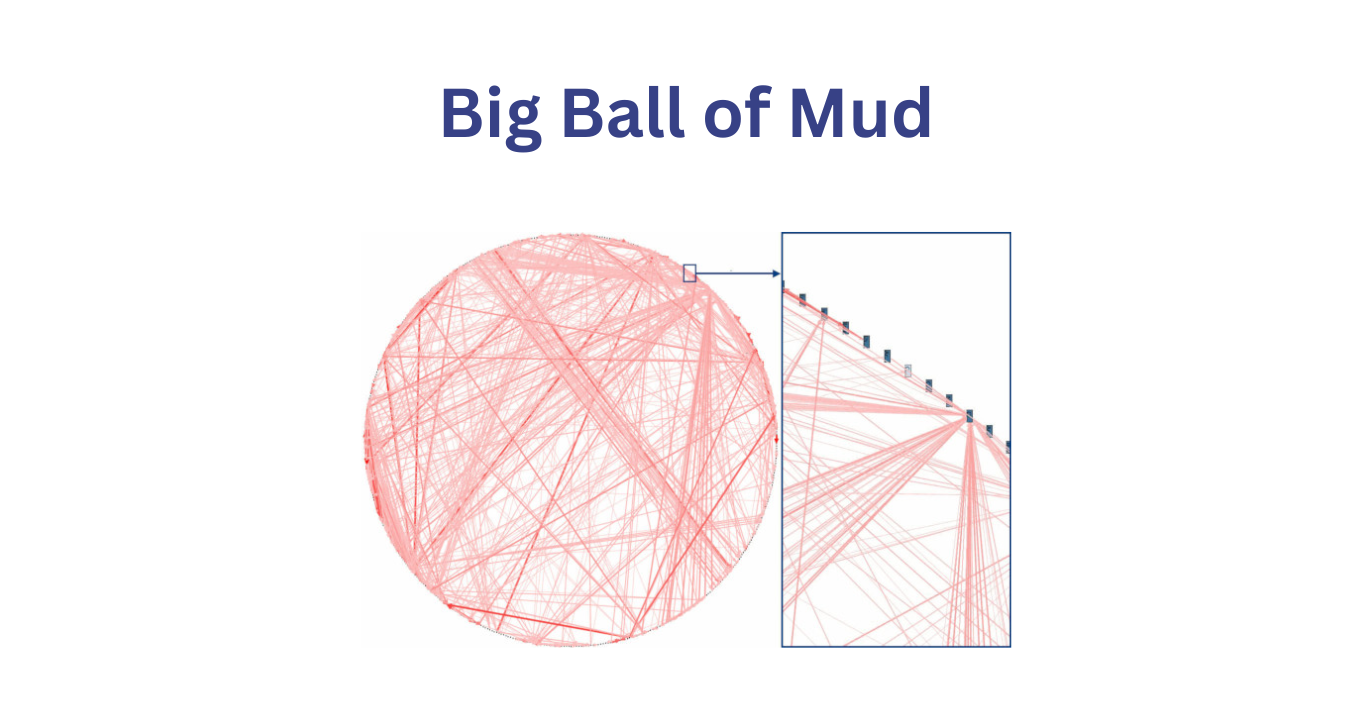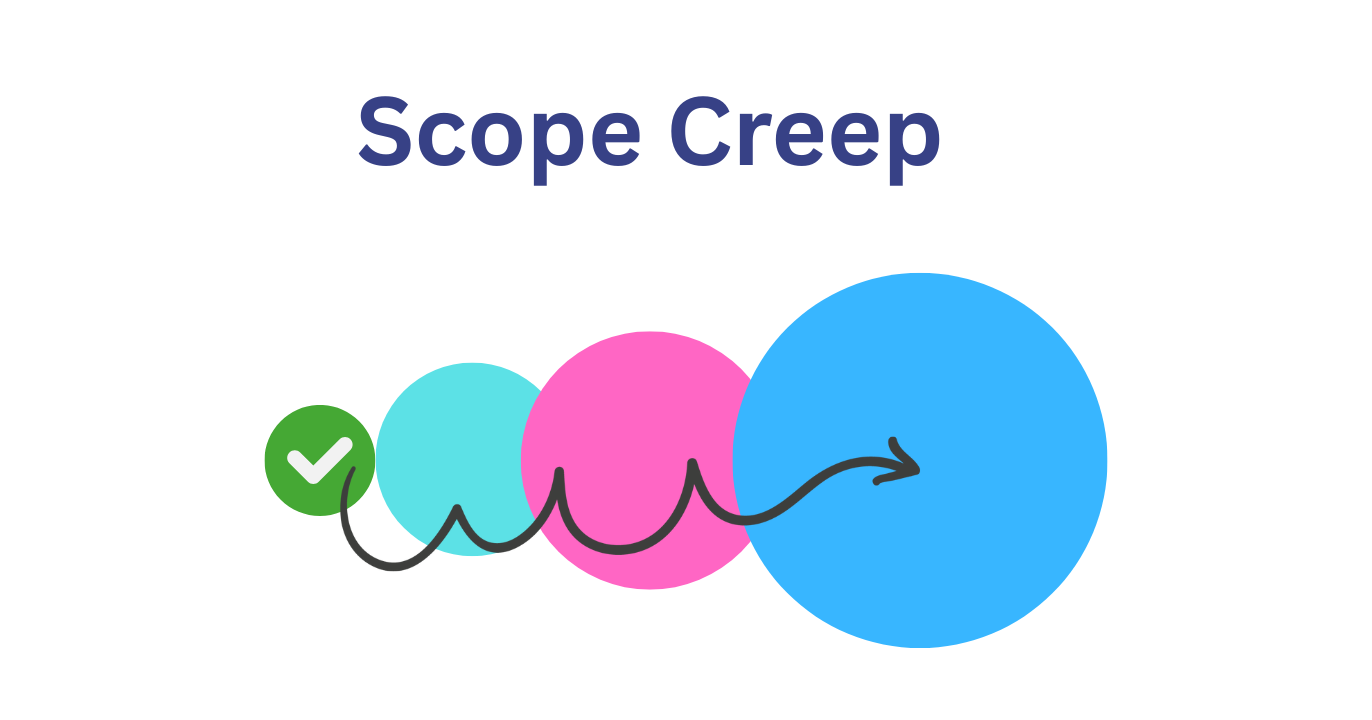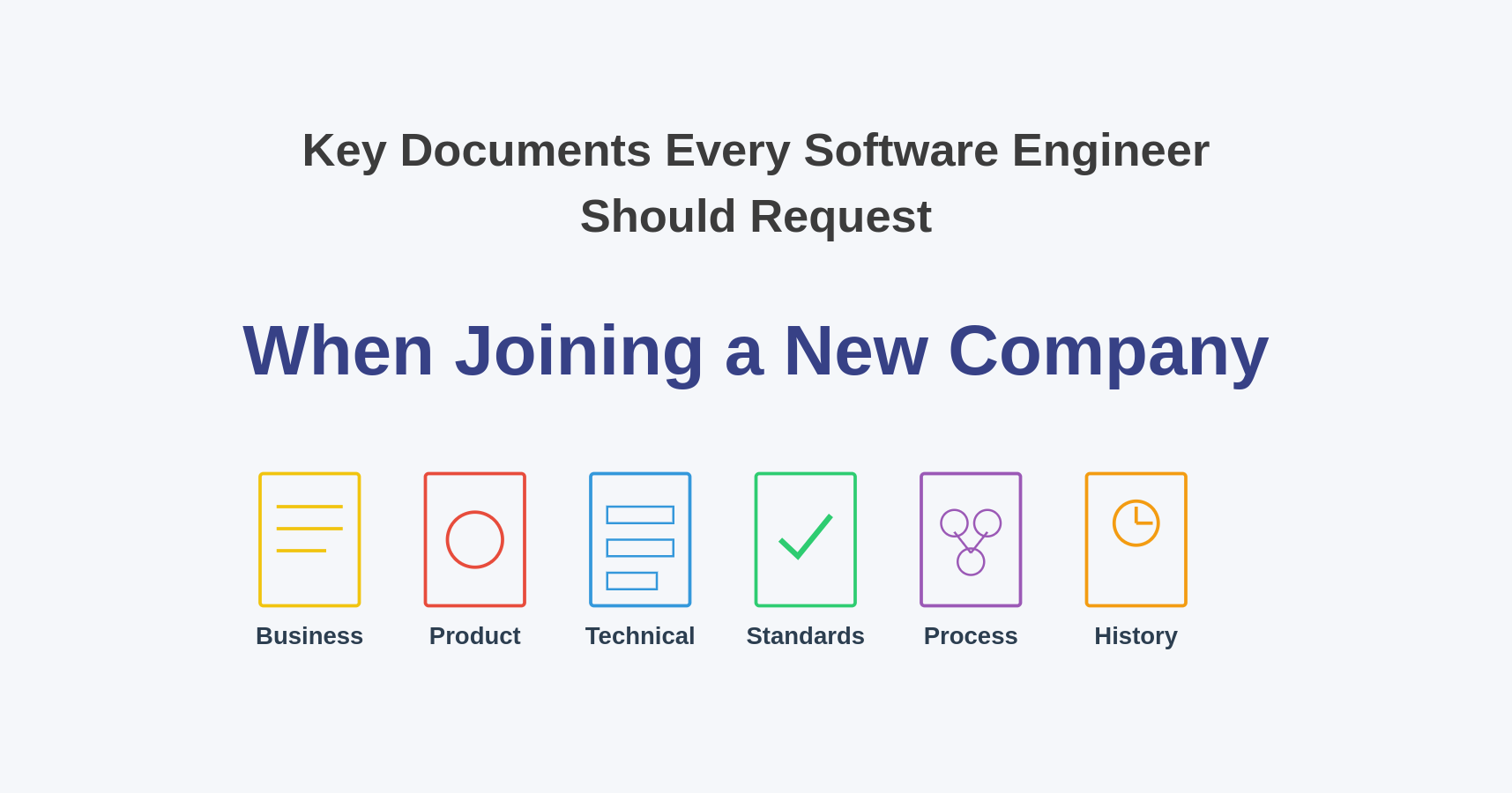Dependency Injection in Plain Language
Dependency injection (DI) is a design pattern that keeps two ideas in balance: Separation of concerns – a class shouldn’t know the concrete details of the things it depends on. I...
Dependency injection (DI) is a design pattern that keeps two ideas in balance: Separation of concerns – a class shouldn’t know the concrete details of the things it depends on. I...
Cohesion and coupling are two complementary quality attributes used to judge how “good” the internal structure of a software system is. Cohesion – How Focused a Module Is Definition: Th...
Functional core/imperative shell is a way of structuring code so that the heart of your program is pure, predictable, and easy to test (the functional core), while the messy realities of the outsid...
When I started learning Python, I had this urge to write code that felt clever—tight, minimal, efficient-looking. You know, code that felt like a wink to other programmers. But over time, I realize...

In Domain-Driven Design (DDD), Value Objects and Entities are two fundamental building blocks used to model the domain. Value Object A Value Object represents a descriptive aspect of the domain...

A “Big Ball of Mud” is a software system that lacks a clear architecture. It’s characterized by a codebase that has grown organically without clear structure, where components are tightly coupled, ...

Scope creep is the gradual expansion of a project’s scope beyond its original objectives, often without corresponding adjustments to timeline, budget, or resources. It typically happens when new fe...

Understanding the business isn’t optional for engineers—it’s the difference between building features and solving real problems. Starting a new role as a software engineer can be both exciting...

Version control is a tool for humans first and computers second. The best patterns are those that help your team collaborate effectively. One of the most common questions developers face isn’t...
With the rise of self-hosted Platform-as-a-Service (PaaS) solutions, developers are increasingly looking for alternatives to cloud-based services like Heroku, Vercel, and Netlify. These self-hosted...